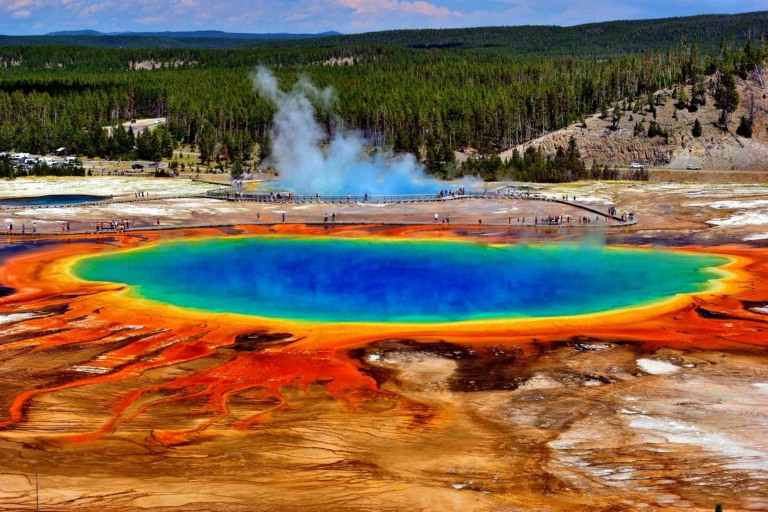North American landmarks hold great significance due to their historical, cultural, natural, and symbolic value. Here are some key aspects of the significance of North American landmarks:
North American Landmarks
➤ Historical and Cultural Significance: Many North American landmarks have deep historical roots and represent important periods, events, or civilizations. They serve as tangible reminders of the region’s rich history and cultural heritage, offering insights into the traditions, achievements, and struggles of past societies.
➤ National Identity and Symbolism: Landmarks often become powerful symbols of national identity and pride. They represent the ideals, values, and aspirations of a country or region, evoking a sense of belonging and unity among its people. These landmarks embody the collective memory and shared heritage of the nation.
➤ Tourist Attractions and Economic Impact: North American landmarks are major tourist attractions, drawing millions of visitors each year. They contribute to the local and national economies through tourism revenue, job creation, and support for various industries such as hospitality, transportation, and retail.
➤ Natural Wonders and Environmental Conservation: North America is home to breathtaking natural landmarks, including national parks, mountains, and waterfalls. These natural wonders showcase the beauty and diversity of the region’s landscapes, providing opportunities for outdoor recreation, scientific research, and environmental education. Landmarks like national parks also play a vital role in conserving ecosystems and protecting endangered species.
➤ Architectural and Engineering Excellence: Many North American landmarks are renowned for their architectural and engineering brilliance. They represent significant milestones in human ingenuity and technological advancement. These landmarks inspire awe and admiration for their innovative designs, construction methods, and lasting impact on the fields of architecture and engineering.
➤ Cultural Exchange and Tourism Promotion: Landmarks act as meeting points for people from different backgrounds and nationalities. They facilitate cultural exchange, fostering mutual understanding, appreciation, and dialogue among diverse cultures. Landmarks become ambassadors that promote tourism and enhance international connections and understanding.
➤ Preservation and Heritage Conservation: North American landmarks require dedicated efforts for their preservation and conservation. They are often protected as national monuments, heritage sites, or natural reserves. Preservation initiatives aim to safeguard their historical and cultural integrity, ensuring their availability for future generations to appreciate and learn from.
➤ Education and Inspiration: North American landmarks provide educational opportunities for visitors to learn about history, culture, art, science, and the environment. They inspire awe, curiosity, and a sense of wonder, encouraging lifelong learning and personal growth.
In summary, North American landmarks hold immense significance as they embody history, culture, natural beauty, and national identity. They contribute to tourism, economic development, environmental conservation, cultural exchange, and education. These landmarks enrich the lives of both locals and visitors, leaving a lasting impact and fostering a deeper appreciation for the region’s heritage and natural wonders.


